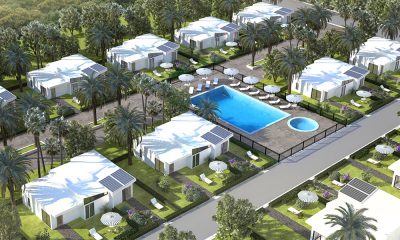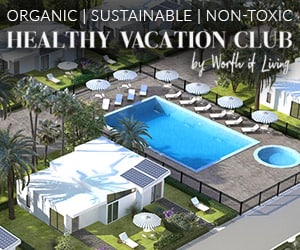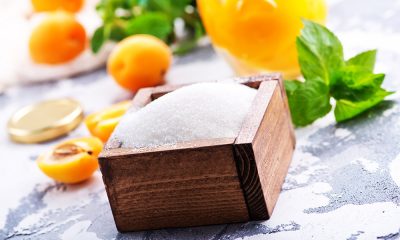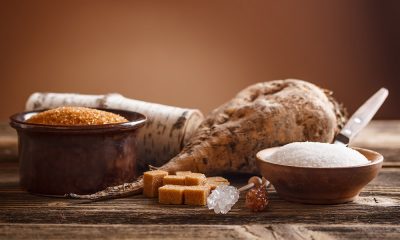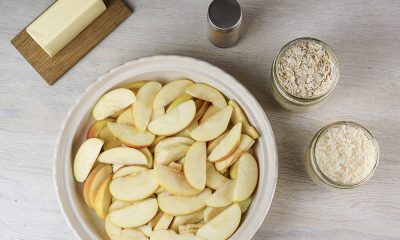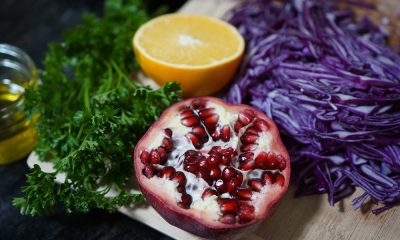Lifestyle
5 Ways to Make Your Next Hotel Stay Healthier
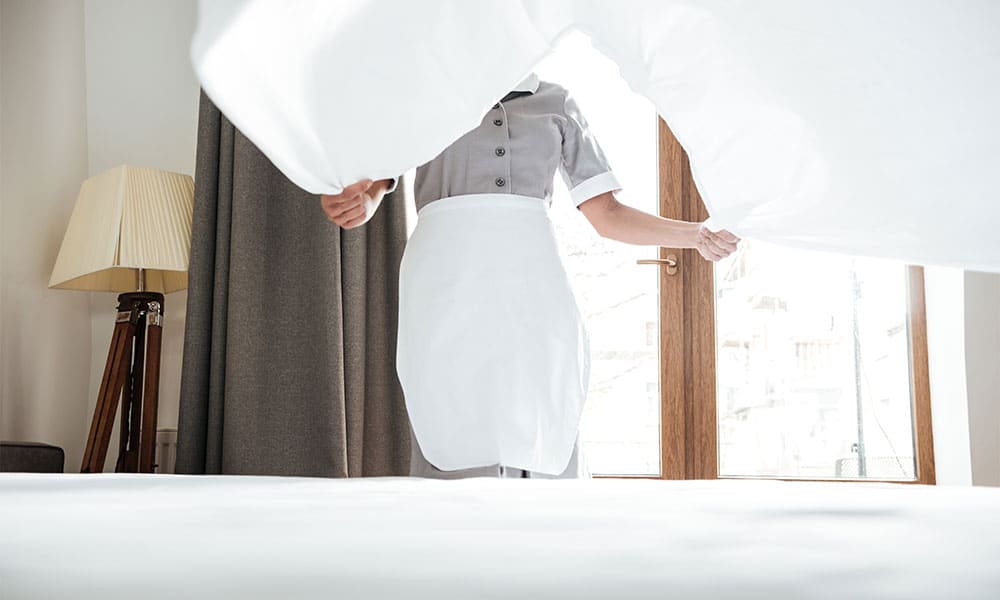
My husband and I have traveled a lot over the years.
Mostly for business and we usually enjoyed it, but what we don’t enjoy are the hotels. Bleach cleaners, mold, carpeting, polyester (plastic) sheets, old pillows. It’s a toxic load neither of us want on our bodies and neither of us look forward to. It’s one of the pieces of our own journey that led us to start Healthy Vacation Club, but we’ve had to learn how to cope with what’s available until we can cover the world with healthy vacation homes and hotels.
What do we do?
1. We choose better hotels.
We’ve tried a lot of hotels, unfortunately. We’ve been to highly rated resorts that had been soaked in bleach and large brand hotels covered in mold. Don’t be afraid to walk away, there are always more hotels. In our experience, we’ve always gotten our money back… even if it one time took 6 months and multiple calls.
Our main hotel chain has ended up being Hilton, basically because we’ve had the fewest problems there. Not surprisingly, we’ve learned that:
“Gary Collinge, general manager of the Hilton Vancouver Airport, says all Hilton hotels follow standards regarding eco-friendly cleaning solutions, including non-toxic, non-phosphate, non-chlorine and biodegradable products.” – Hotelier Magazine
Sometimes we’ve also had good luck with Hyatt. Of course, they’re all far from perfect, and I wouldn’t call either of them “healthy”, but they are doing some good things that make it a bit easier for us to stay there compared to other hotels. I would love the opportunity to work with any of them to start pushing the hotel industry to a place more focused on wellness. For us, it’s not about competing, it’s about making change happen quickly in the vacation industry, because there’s such a great need for it.
2. We cook our own food.
For a stay longer than 1-2 nights, we make sure the hotel room has a kitchen/kitchenette. They’ll often have stainless steel pans, but we usually pack small pan and wooden spatula just in case they only have Teflon pans and plastic spatulas. If we can drive to the hotel, then we always bring our Instant Pot Mini, regardless of if the hotel has a kitchen or not. We do always make sure we have a fridge in the room. Hilton has been good about being able to bring a fridge up to the room if there is none to begin with.
We also make sure we know where we’re going to buy food. That means, depending on which State we’re in, we look for a Sprout’s Farmers Market, Lucky’s Market, Whole Foods, or similar, and pick a hotel in that area of the city. We book as close as possible to the event we’re attending, but for larger conferences like Natural Products Expo West in LA, where we usually need to book a hotel that’s 5-7 miles from the event, we usually pick the one that puts a Sprout’s on our way to the hotel.
3. We bring our own air filter.
In addition to getting rid of the dust that many times is attached to flame retardants and other chemicals, many air filters also help filter out mold and even mycotoxins.
If traveling by car, we usually bring a small air purifier with us and plug it in as soon as we check in to the hotel. This was especially important for me while my body was the most reactive to chemicals, but we still chose to bring one with us every time we travel by car.
4. We bring castile soap.
It’s something simple, but we don’t want to use scented hand soaps, body soaps, and dish soap (if we have a kitchen). Instead, we have a travel sized bottle of castile soap with us and use it for everything. (I actually always keep a travel sized bottle in my pure and use that whenever we wash our hands outside of our home).
5. We bring socks and sheets or full-length PJ’s.
Since we’re sleeping on sheets in hotels that usually are made of polyester (plastic) and have been washed in chemicals we know nothing about, we like to have something on to keep our bodies from absorbing all of that, and we typically bring pillowcases with us so we at least get an organic cotton barrier between our face and the hotel pillow. Ever since we became parents, we also started bringing an organic fitted sheet with us as well. Sure, it takes up some space in the suitcase, but to us it’s worth it.
We also always bring socks with us even if I won’t be wearing any shoes that need socks. Being from Sweden where we don’t carpet rooms, I find them disgusting, and since we don’t know what powders and cleaners have been used on the carpet (not to mention the flame-retardant chemicals added at time of production), we would rather protect our feet with socks inside the hotel room.

Lifestyle
Who are You?
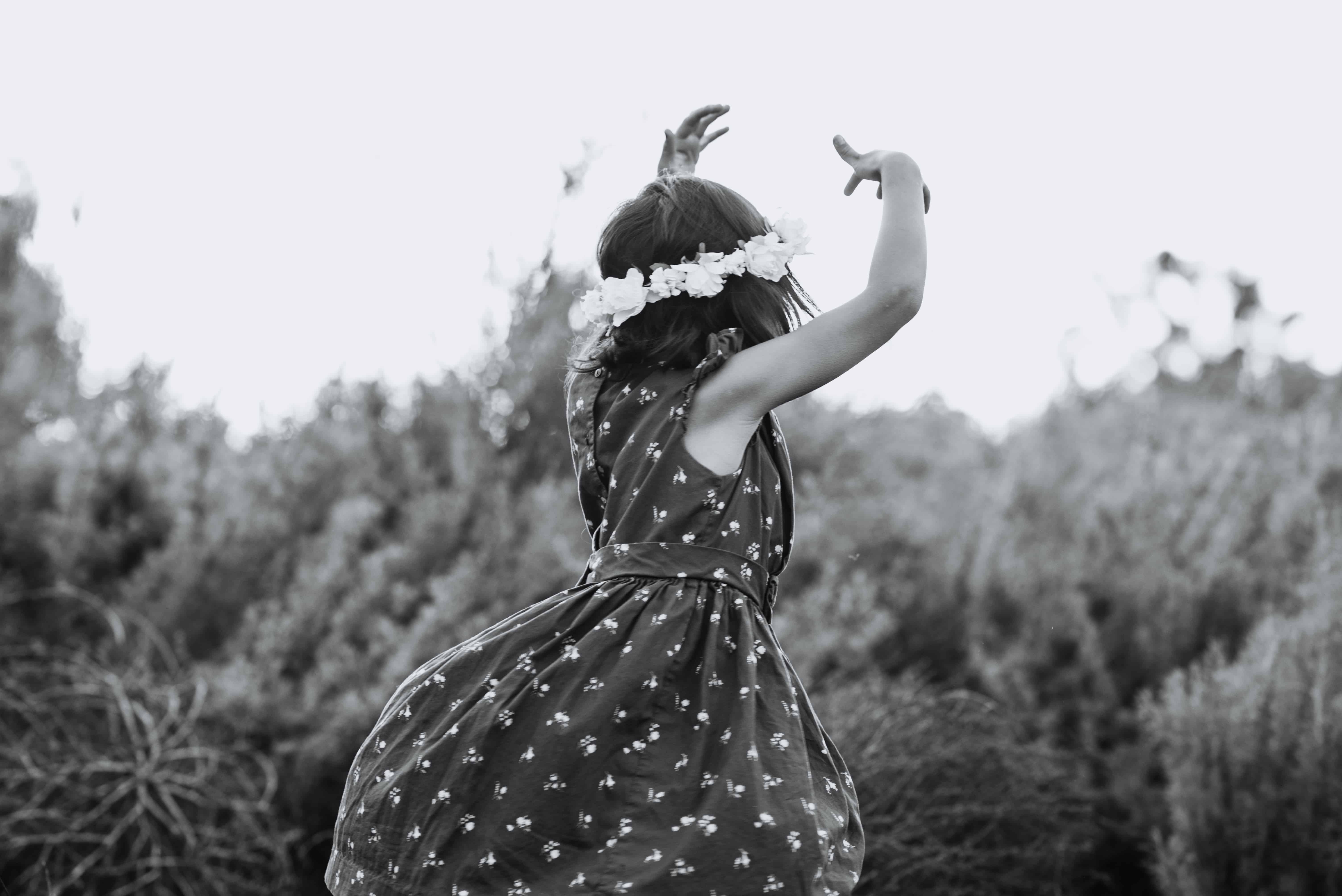
Everyone has a story. Our stories are what color in the details of who we are and how we show up to the world around us, and how we engage with it/them: relationships, jobs, schools, etc. We were all intentionally and intelligently designed to be unique individuals. When we discover who we are, where we came from, and what we were designed for in this lifetime, we find the freedom in seeing ourselves in our truest identity. It is in this freedom, our personal story can be expressed organically and experienced by others.
The messages of our stories are often communicated and translated through the ways we impact and interact with the people we are privileged to have in our lives— whether for a short while, or for a lifetime. When we discover who we are and the purpose we were uniquely designed to fulfill, we begin to not only value ourselves, we also begin to value others around us at the same capacity of which we value ourselves. Our intentions, interactions, and impact become more authentic, vulnerable, and hold a greater potential to add life changing value to the lives we are privileged to be a part of.
So how do we begin to discover who we are at our core and what we were designed to live for? Awareness is the first step. Taking an inventory of our character, our morals, our values, our tendencies, patterns, feelings, passions, attitudes, relationships can be key to self discovery. These are the fruit from seeds that have been planted in the soil of our young minds from the moment we were even conceived– unconsciously. Taking a brave trip down memory lane to take a good look at where we’ve historically come from, is another key factor to self discovery. These impactful experiences, whether big or small, manifest in our idiosyncrasies. Some of which would be ideal to change, because we and others around us, deserve them to be changed.
We as humans will inevitably share similarities. The genetic and neurological composition of our individual beings however, are uniquely different. When we take a good look at who we are at our core there is a lot to discover about how intentionally and intelligently we were uniquely designed to be, and the life we were destined to uniquely live; serving the world around us at different capacities and various ways.
Here are some questions to ask yourself…
1. Who are you?
2. Where did you come from?
3. What were your designed for here on earth?
4. How were you created to impact the world around you?
5. What does your unique design have, to solve a problem that exists in the community that surrounds your life?
6. When are you going to venture out into a courageous journey of fully living at your greatest potential and impacting at your optimal?
7. What or who do you need in your life, to make this happen? (I call this, resourcing up!)
Sometimes, we need someone in our corner coming alongside us through the journey of self discovery. For those interested in discovering their truest identity and the possibility of unlocking their greatest potential, connect with me! I’d be happy to be a part of that journey and see you thrive as the best version of yourself!

 Wellness6 years ago
Wellness6 years agoHow to Talk to Your Kids About Sugar

 Wellness5 years ago
Wellness5 years agoBeneath the Layers

 Wellness7 years ago
Wellness7 years agoThe Sugar Story Children’s Book – Teaching Kids About Sugar

 Purpose5 years ago
Purpose5 years agoNever Let Technology Keep You from Your Dream!

 Wellness7 years ago
Wellness7 years ago5 Myths About Xylitol

 Lifestyle6 years ago
Lifestyle6 years agoOrganic, Sustainable, Non-Toxic Vacation Homes!

 Unrecipe7 years ago
Unrecipe7 years agoSuper Simple Apple Cake

 Unrecipe7 years ago
Unrecipe7 years agoRed Cabbage Salad
